80x5 -
240x3 -
240x4 -
320x1 -
320x2 -
320x3 -
640x1 -
640x2
Set display option above.
Click on
images to enlarge. |
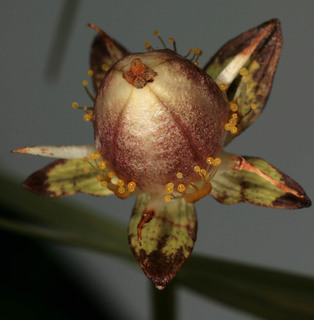
© Copyright Malcolm Storey 2011-2118
· 10
Parnassia palustris var palustris |
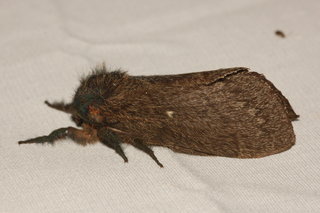
© John Pickering, 2004-2023
· 10
Gloveria arizonensis |
|
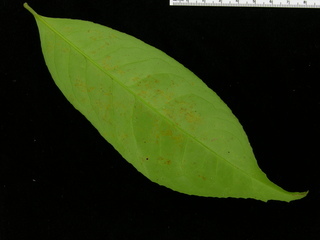
© Tomas Pickering and Graham Wyatt, 2006
· 9
Maytenus schippii, leaf bottom |
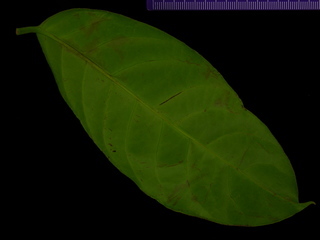
© Tomas Pickering and Graham Wyatt, 2006
· 9
Tontelea ovalifolia, leaf bottom |
|
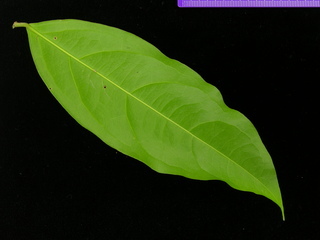
© Tomas Pickering and Graham Wyatt, 2006
· 9
Hylenaea praecelsa, leaf bottom |
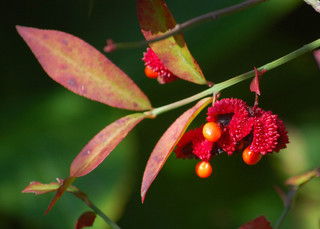
© Copyright Sheryl Pollock 2011
· 9
Euonymus americana, Strawberry Bush |
|
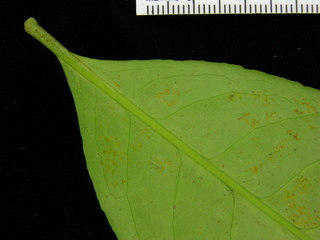
© Tomas Pickering and Graham Wyatt, 2006
· 8
Maytenus schippii, leaf bottom stem |
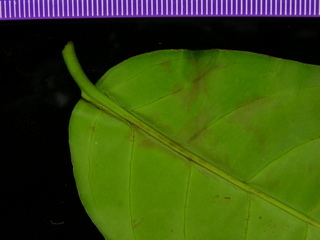
© Tomas Pickering and Graham Wyatt, 2006
· 8
Tontelea ovalifolia, leaf bottom stem |
|
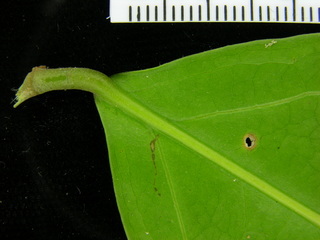
© Tomas Pickering and Graham Wyatt, 2006
· 8
Hylenaea praecelsa, leaf bottom stem |
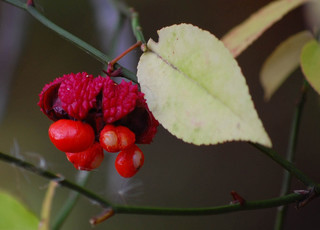
© Copyright Sheryl Pollock 2011
· 8
Euonymus americanus, Strawberry Bush Hearts-a-bursting |
|
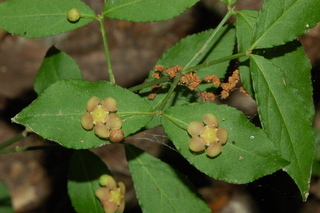
© John Pickering, 2004-2023
· 8
Euonymus americanus, Bursting-heart |
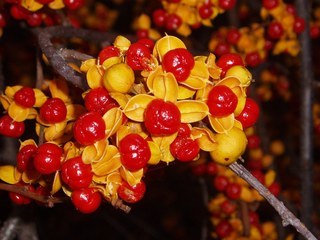
© Les Mehrhoff, 2008-2010
· 7
Celastrus orbiculatus |
|
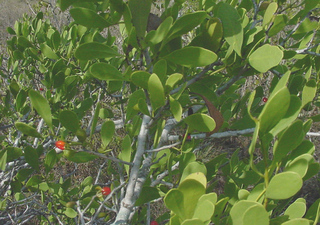
© Copyright Bobby Hattaway 2011
· 5
Maytenus phyllanthoides |
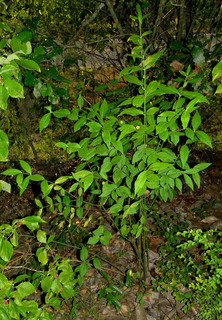
© Copyright Bobby Hattaway 2011
· 5
Euonymus americanus |
|
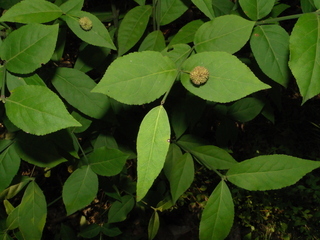
© Copyright Bobby Hattaway 2011
· 5
Euonymus americanus |
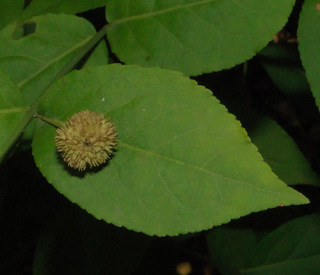
© Copyright Bobby Hattaway 2011
· 5
Euonymus americanus |
|
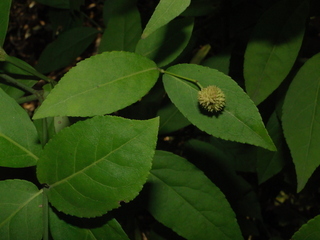
© Copyright Bobby Hattaway 2011
· 5
Euonymus americanus |
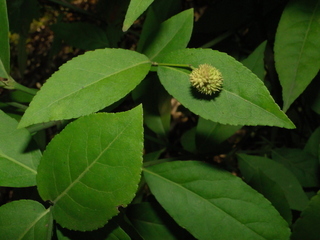
© Copyright Bobby Hattaway 2011
· 5
Euonymus americanus |
|
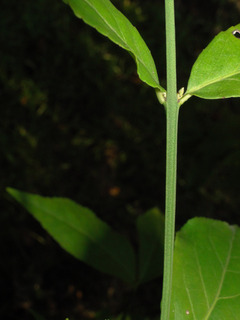
© Copyright Bobby Hattaway 2011
· 5
Euonymus americanus |
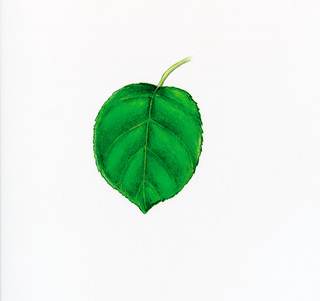
© Photographer/source
00
Celastrus orbiculata |
|
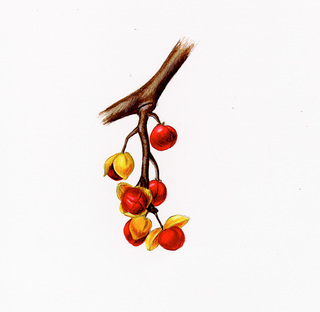
© Photographer/source
07
Celastrus orbiculatus, berries |
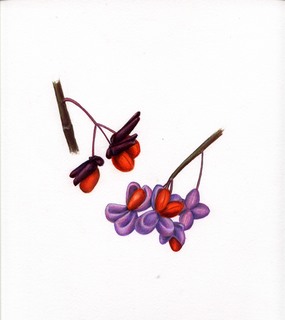
© Photographer/source
43
Euonymus alatus, berries |
|
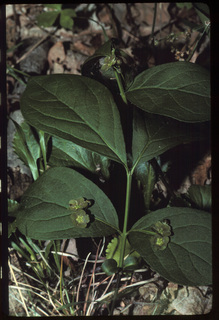
© Photographer/source
66
Euonymus obovata, plant + flower, 320
_EI37
|